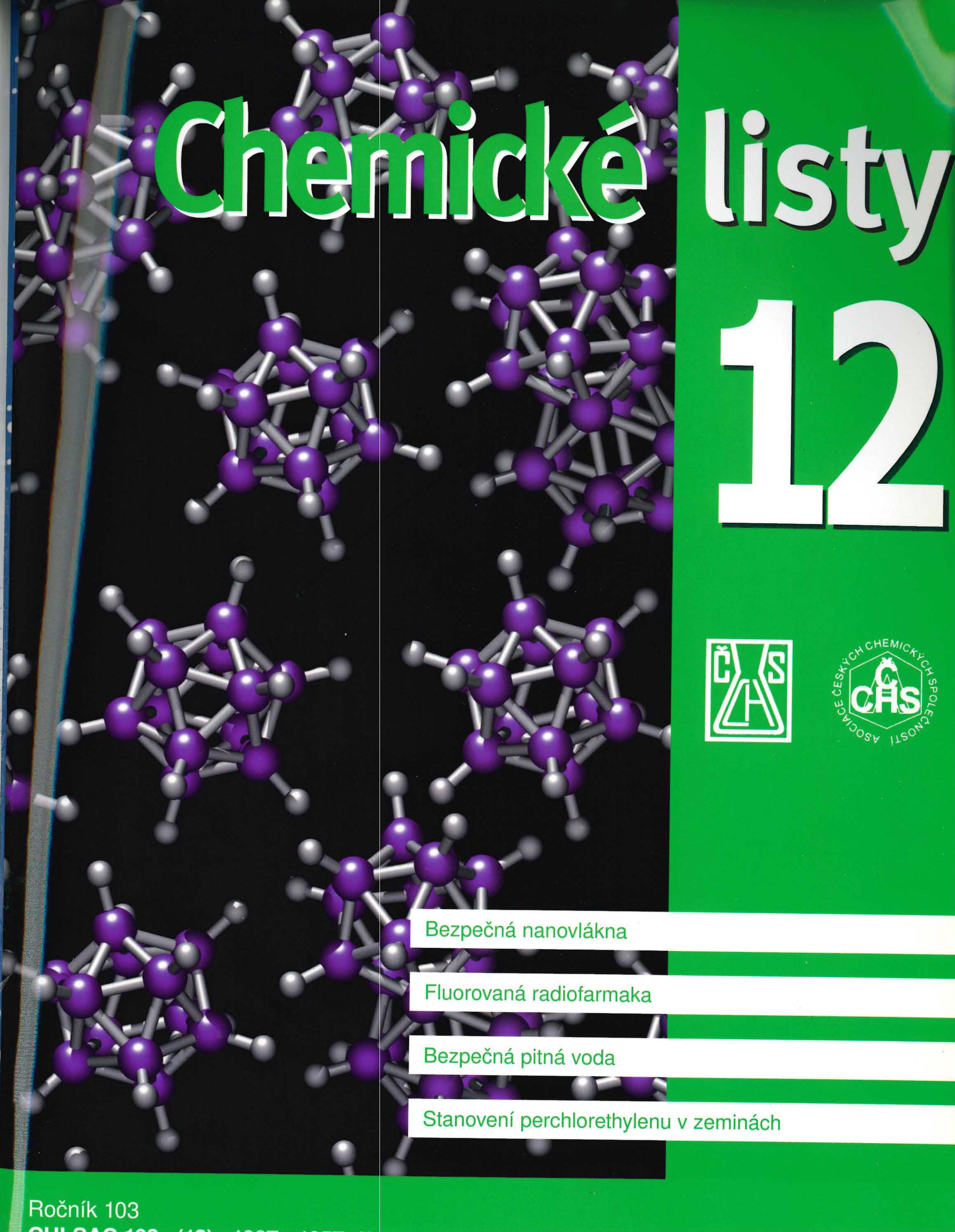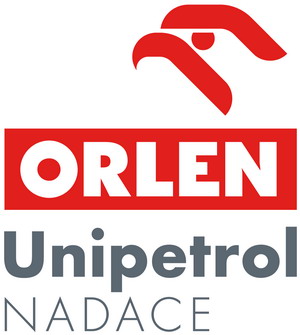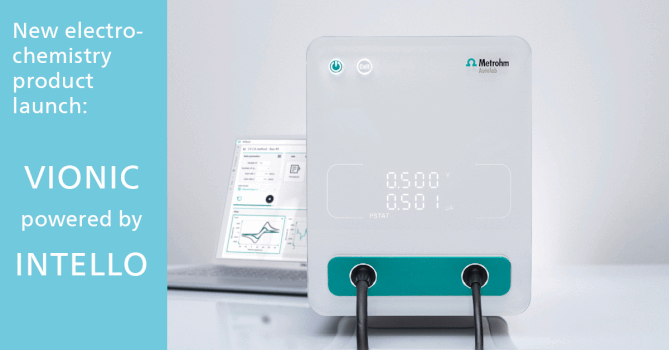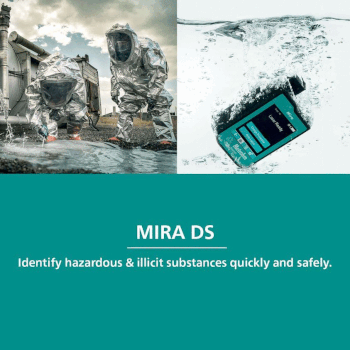Safe Nanofibers
Abstract
The purpose of this review was to present basic forms of fibrous nanoparticles and the methods of their preparation. Particularly nanofibers in the form of threads, such as flat-surface structures or 3D wadding, were discussed. The most common methods for their preparation are electrospinning, melt-blowing, drawing, template synthesis and phase separation. Out of them, only the first two mentioned might be referred to as applicable in technology. Special attention was paid to the introduction of biocompatible and biodegradable nanofibers. These properties are understood as essential regarding the frequently discussed toxicological aspects of wide use of various nanostructures. There are few materials which are assumed to fulfil requirements for biocompatibility and biodegradability. The nanofibers produced from natural biopolymers, such as collagen, gelatin and cellulose, are compared with nanofibers of synthetic origin such as poly(glycolic acid) and poly(ε-caprolactone).Downloads
Published
2010-01-15
How to Cite
Petráš, D., Kimmer, D., Soukup, K., & Klusoň, P. (2010). Safe Nanofibers. Chemické Listy, 103(12). Retrieved from http://ww-w.chemicke-listy.cz/ojs3/index.php/chemicke-listy/article/view/1425
Issue
Section
Articles





